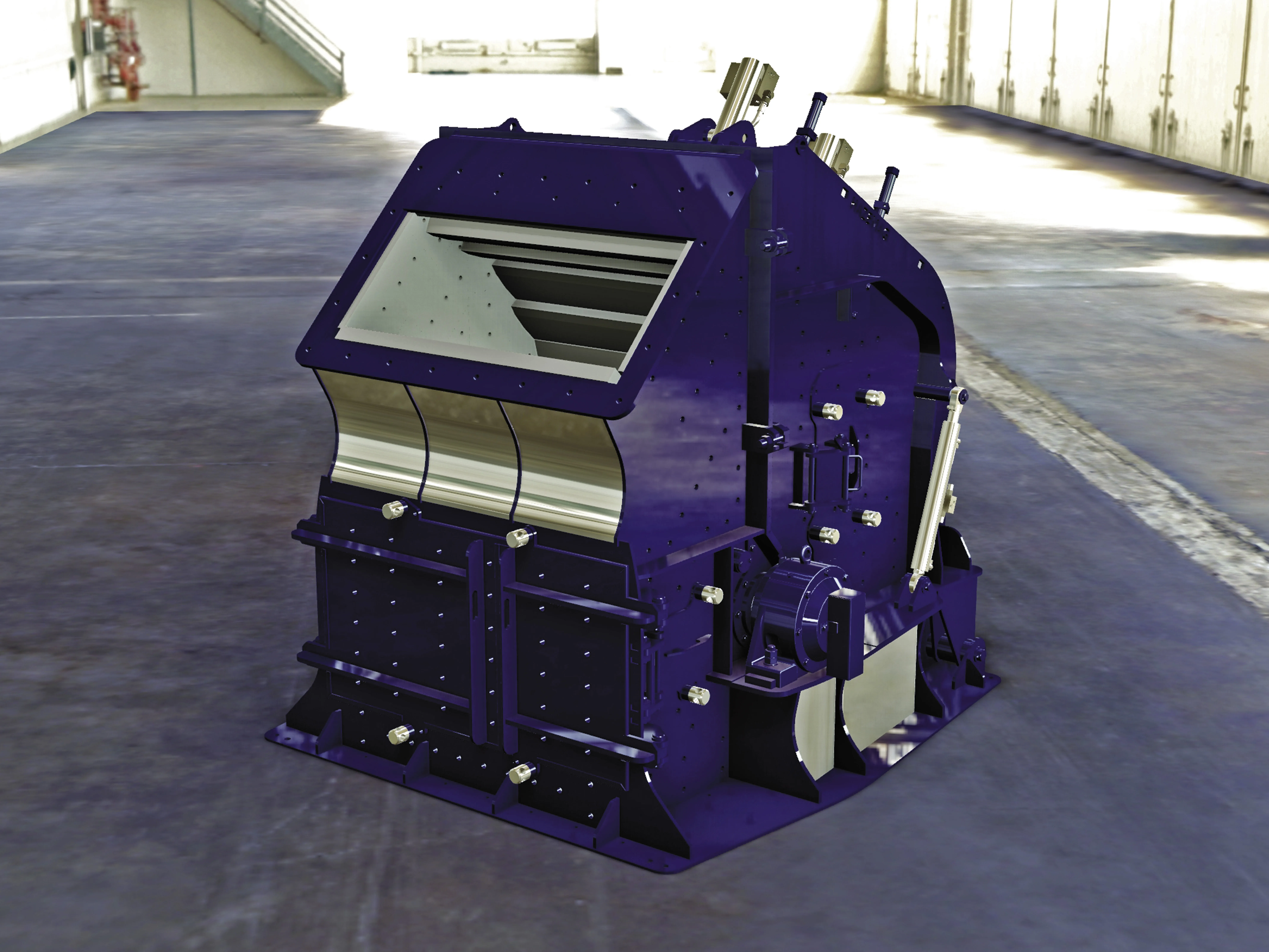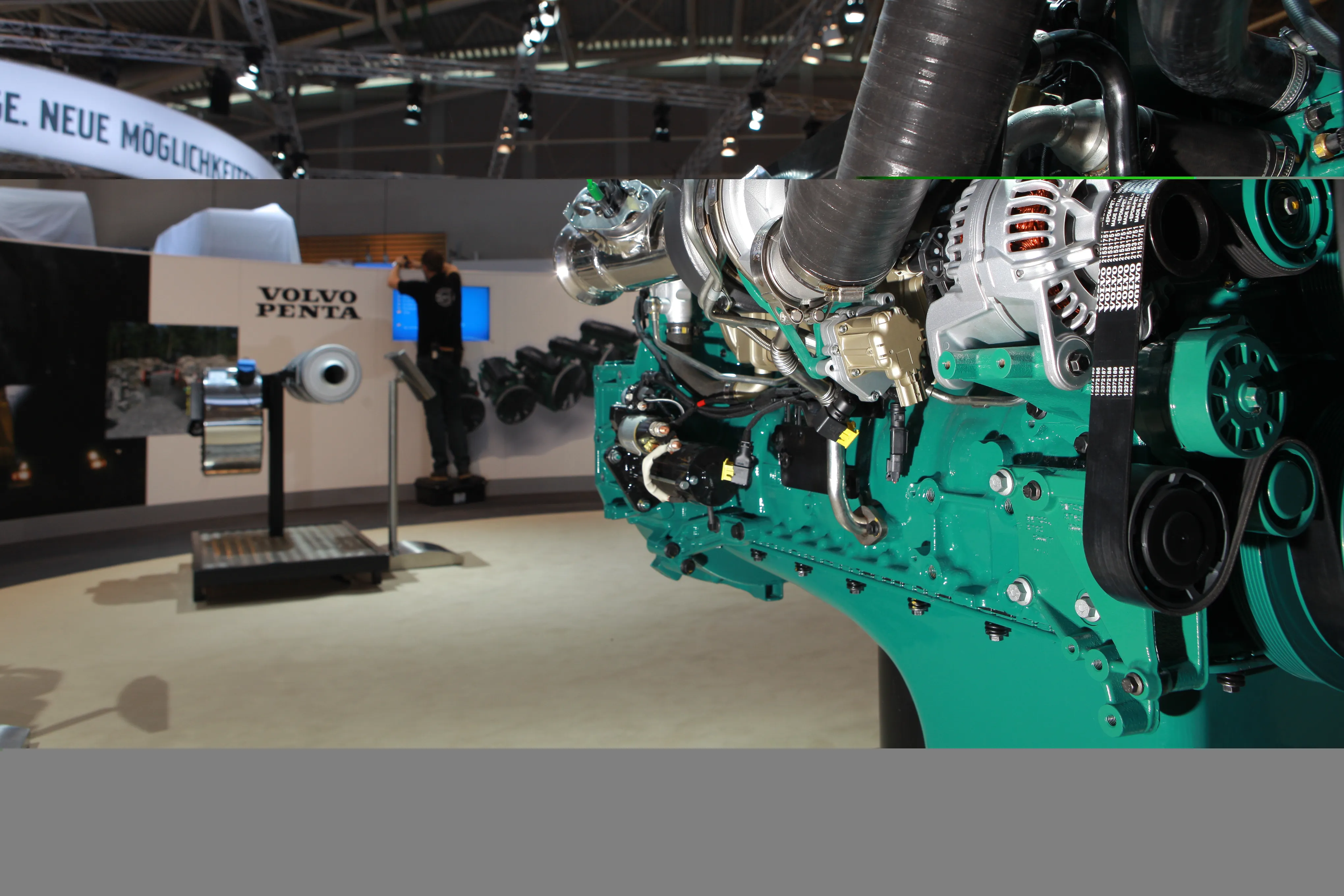HAZEMAG says it has combined two successful impact crusher series into a single one and thus increase efficiency in the secondary crushing. The new HAZEMAG HSI 1414, with a completely revised design, follows the principle of the platform strategy, which means “one housing – several options.“ “The customer may opt between different impact aprons and rotor types. Hence HAZEMAG increases the crusher’s efficiency. Within the modularly designed platform the grinding path, for example, may simply and easily (even
January 6, 2017
Read time: 2 mins

The new HAZEMAG HSI 1414, with a completely revised design, follows the principle of the platform strategy, which means “one housing – several options.“
“The customer may opt between different impact aprons and rotor types. Hence HAZEMAG increases the crusher’s efficiency. Within the modularly designed platform the grinding path, for example, may simply and easily (even subsequently) be integrated in the machine,“ says HAZEMAG.
The new HAZEMAG HSI series may be used for the secondary crushing of wear intensive hard rock as well as for low-wear soft and medium-hard rock, and the fitting can be adapted to the respective case of application: for hard crushing, solid wear-resistant high chrome casted components are used as lining material. For crushing soft to medium-hard rock customers can choose from different built-in components.
The impact aprons and the optionally applicable grinding path of the HSI are each infinitely hydraulically adjustable by pushbutton.
“During the operation the hydraulic system keeps the impact aprons constantly in their adjusted position. In case of an overload, the impact aprons evade in a controlled manner and after they immediately return to this initially adjusted position. Thus the danger of damage is minimized and the oversized grain fraction is limited,” says HAZEMAG.
Stand: B2.319/414
%$Linker:








